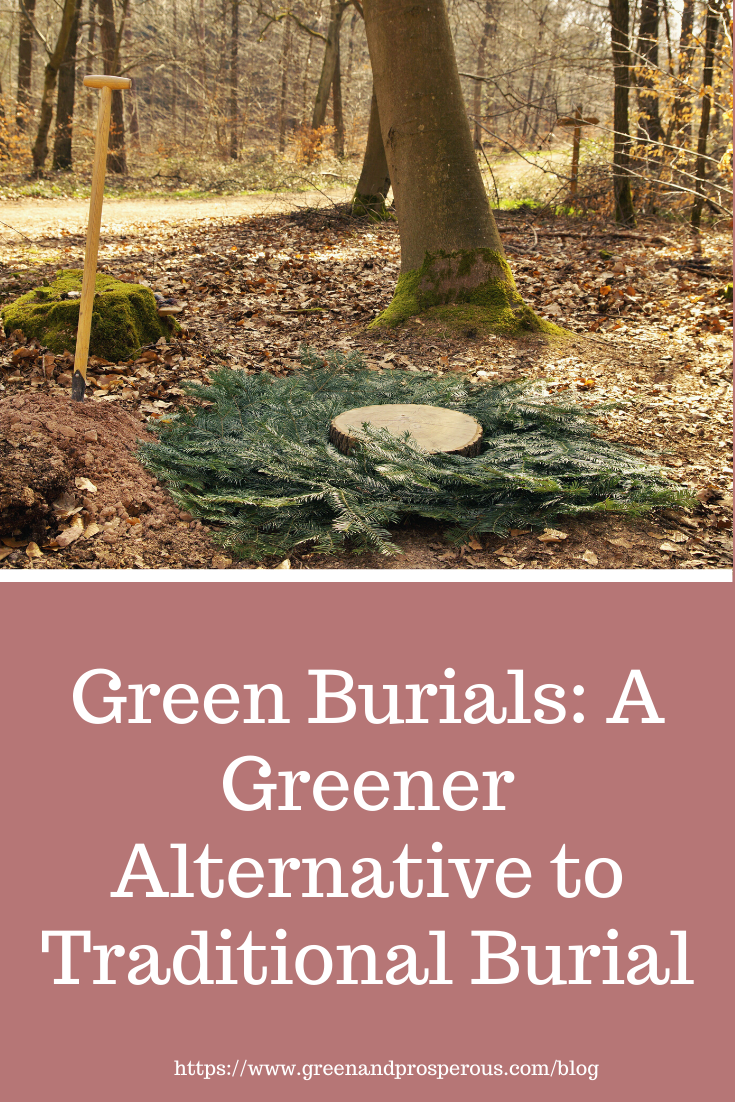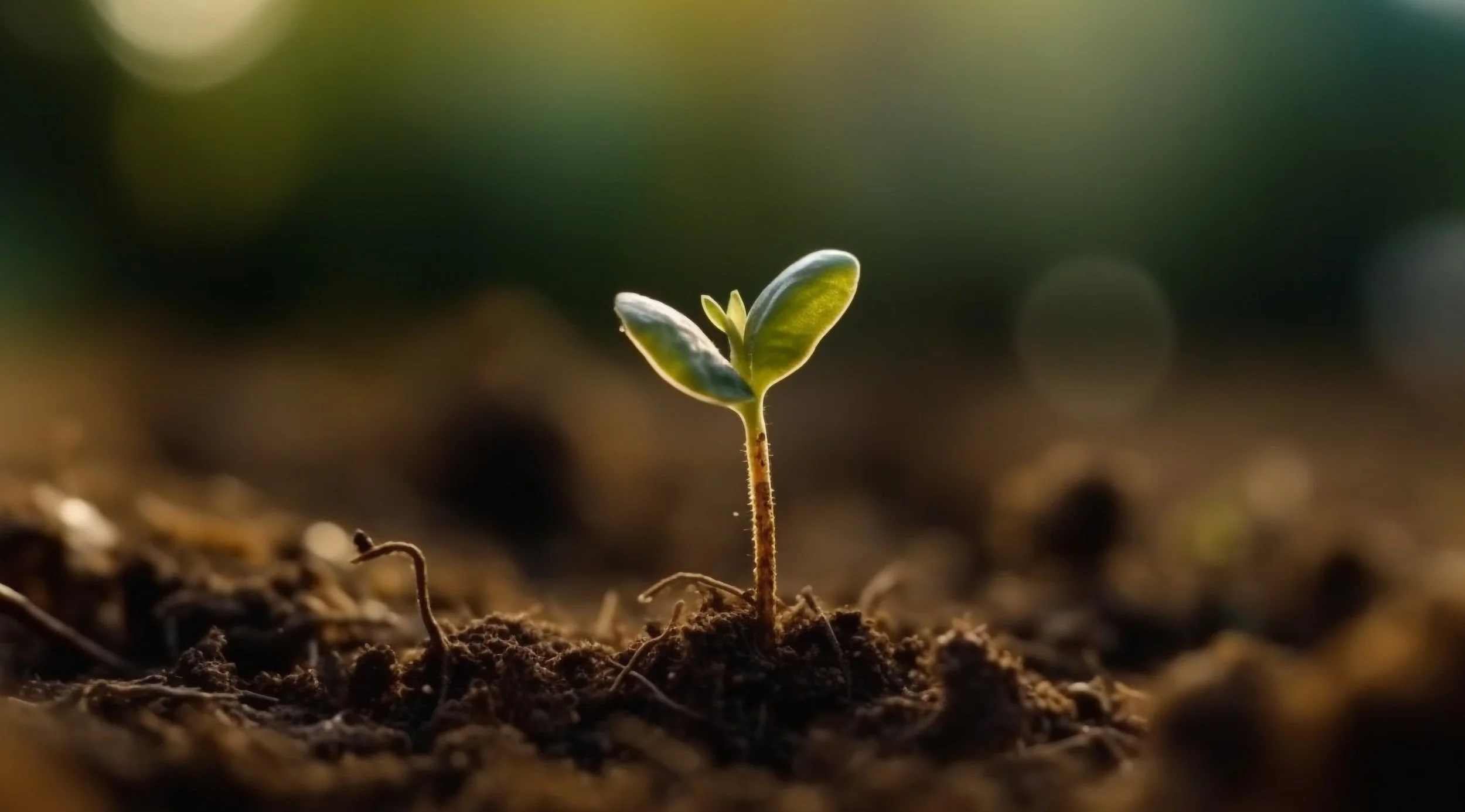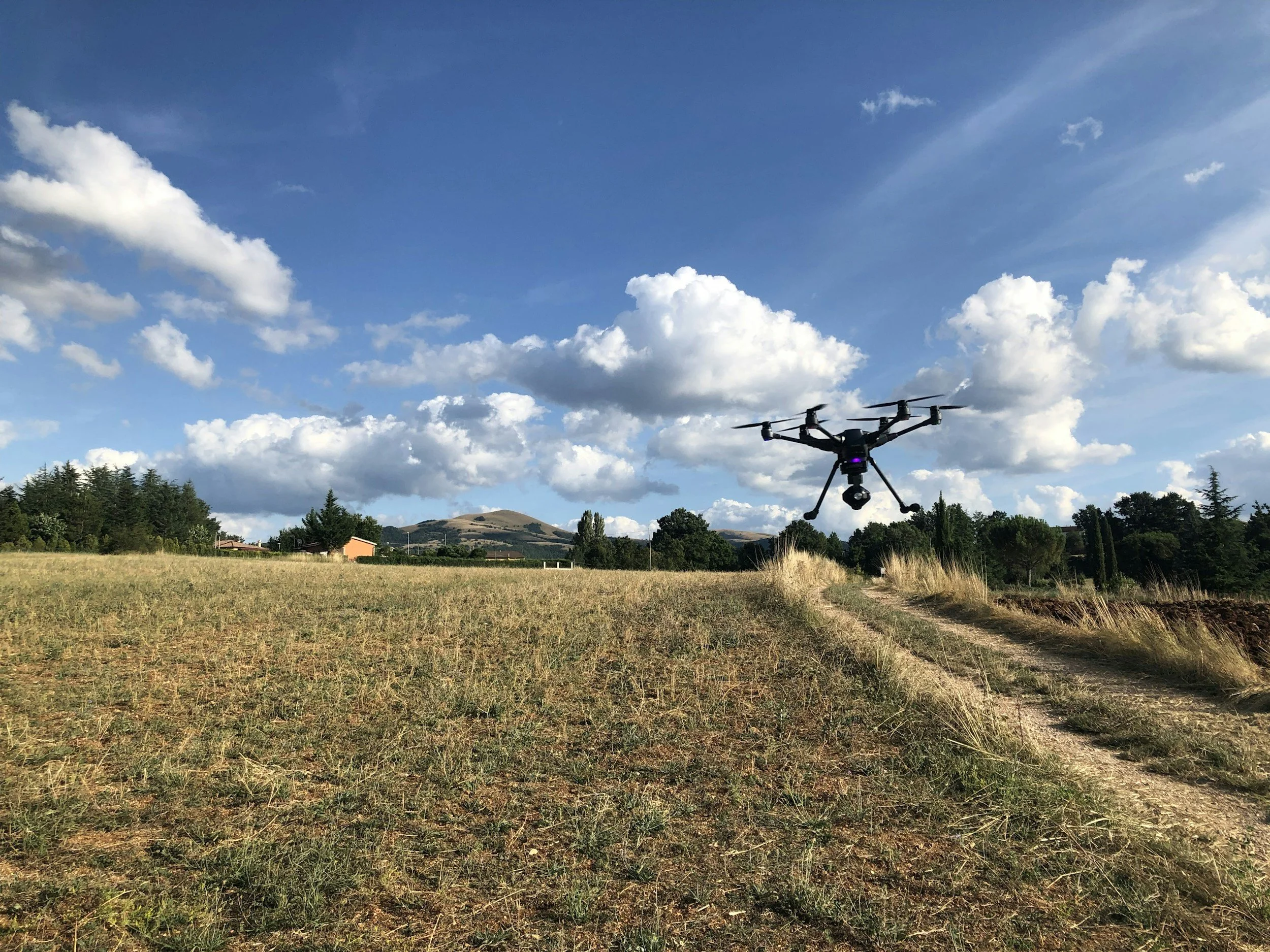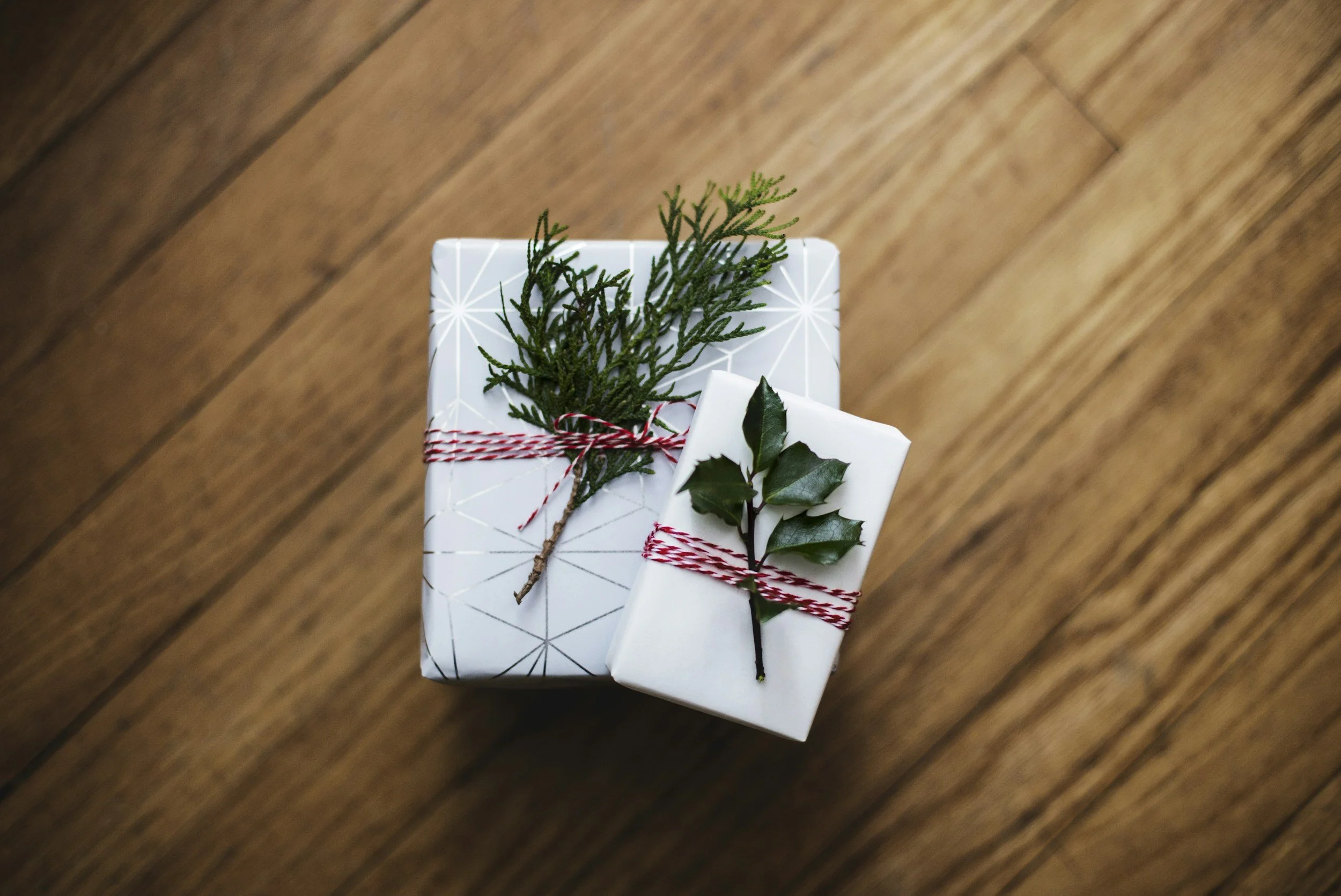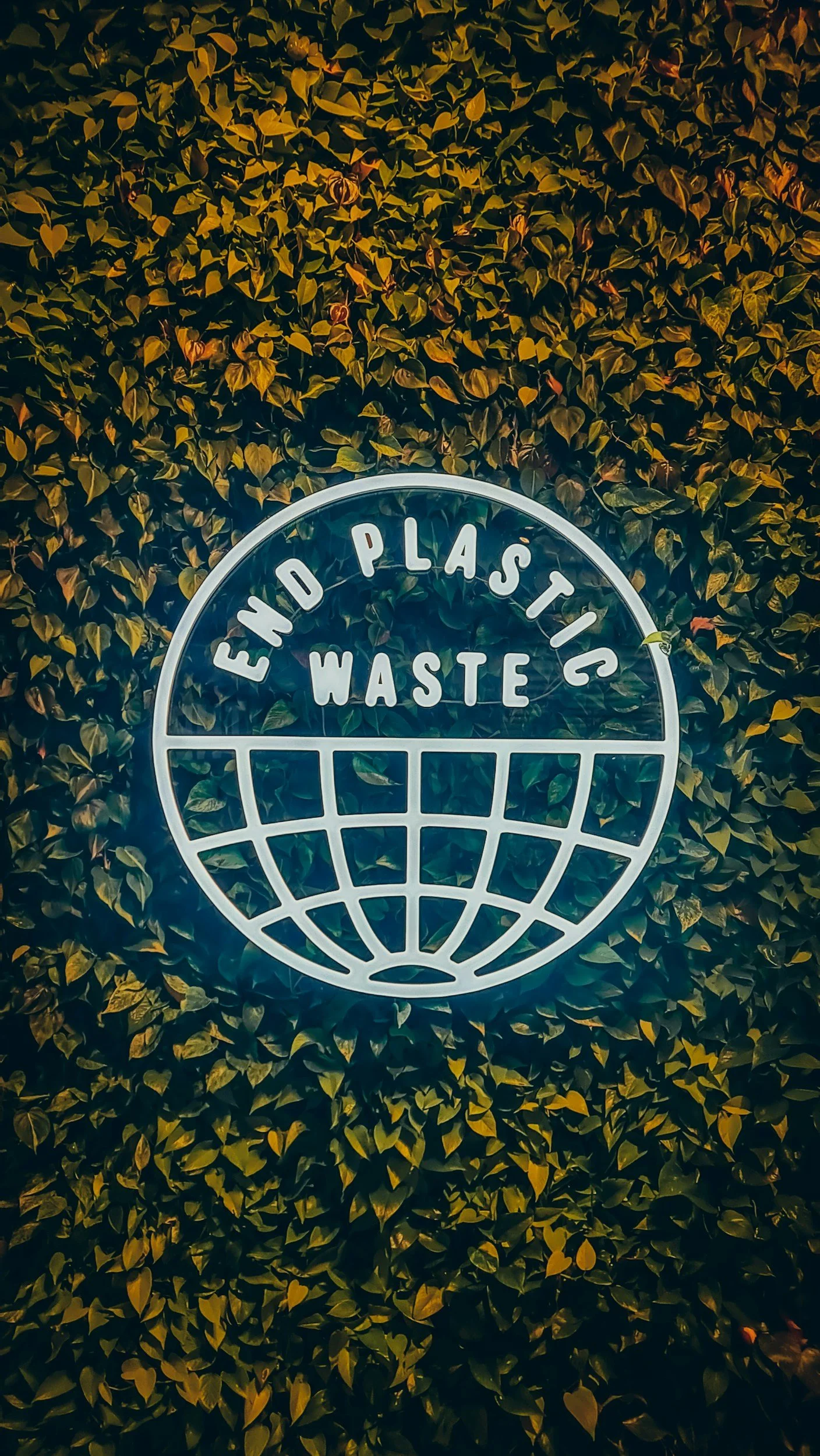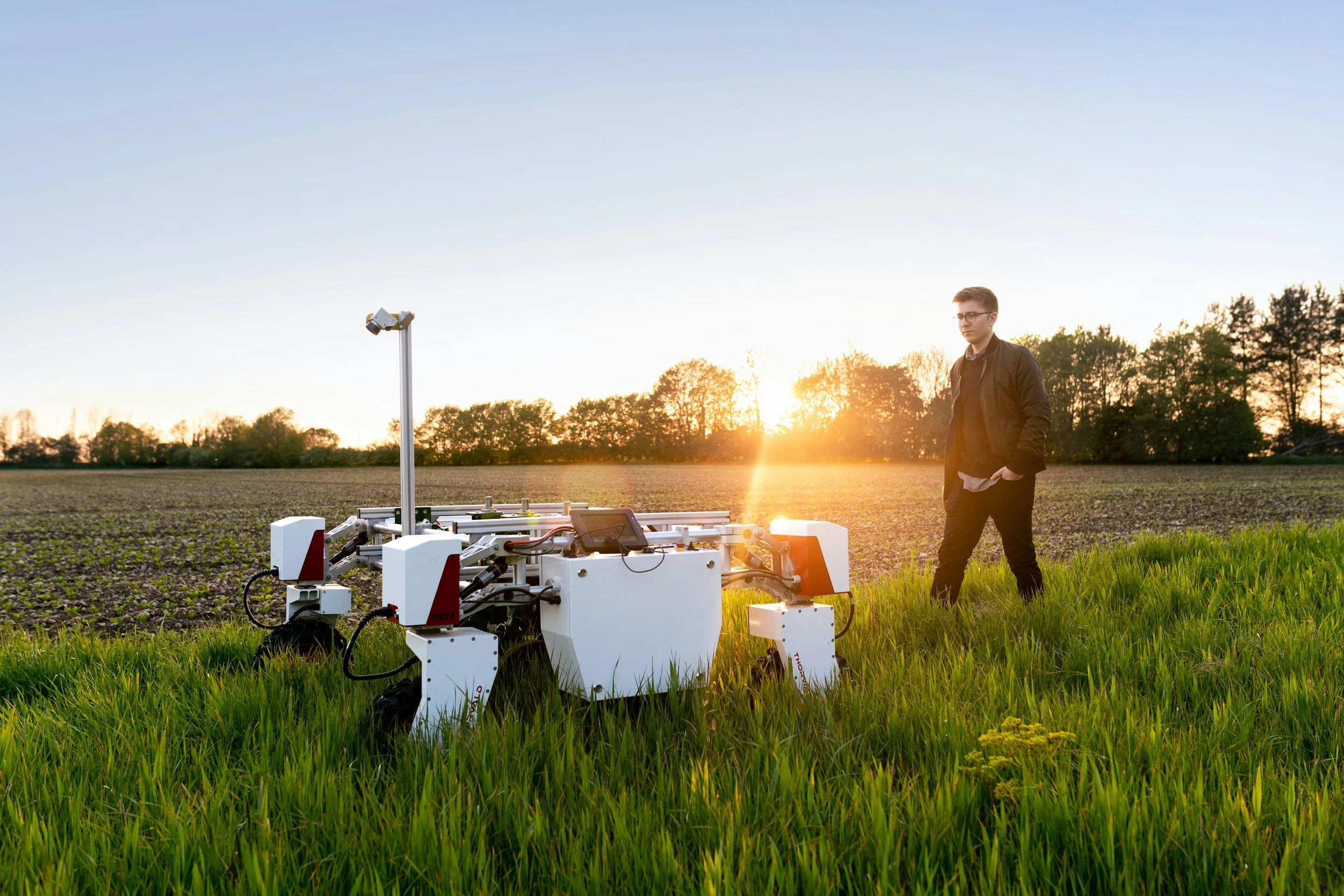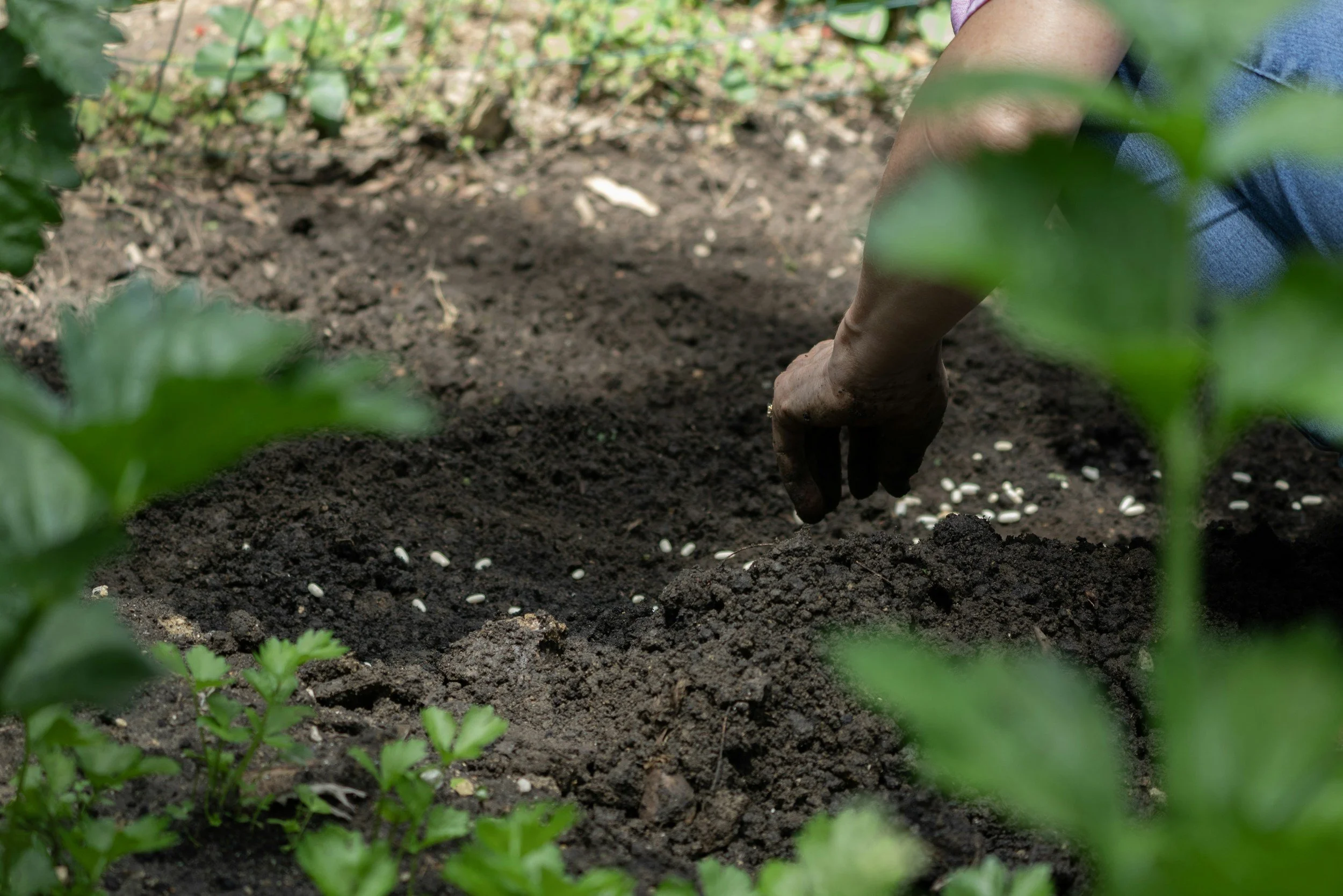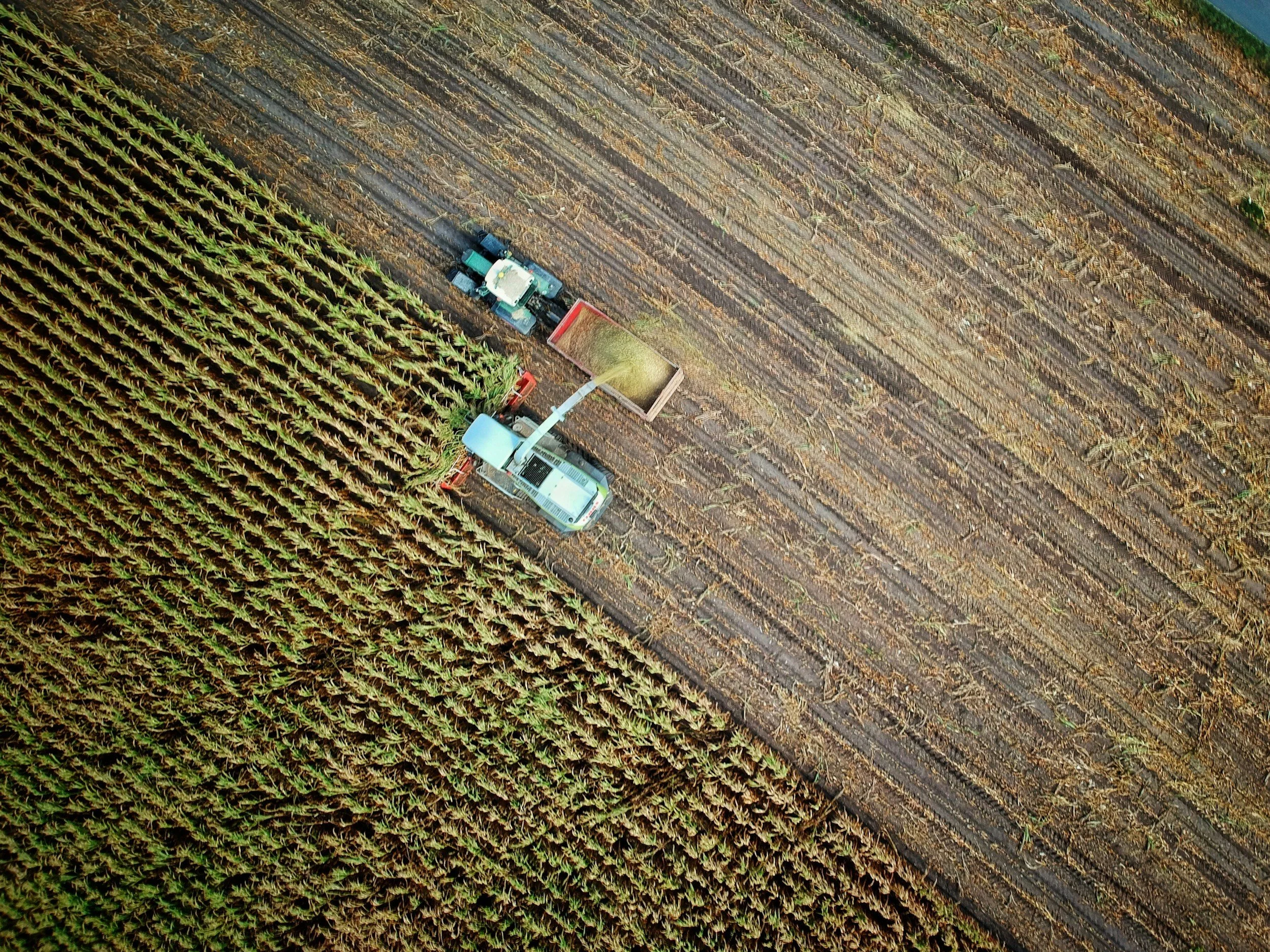Green Burials: A Greener Alternative to Traditional Burial
/
Guest post by Collin Turner
2022 is a year for environmental action. Throughout the pandemic, people have had the time to slow down and think about how their decisions affect the environment and the planet as a whole. One study found that half of the global consumers surveyed have become more eco-friendly due to the pandemic and lockdowns giving them more time to think about their impact on the environment.
With the pandemic giving people more time to think, and scientific and technological developments growing every year, we are learning more about sustainability and how we can use our everyday practices to lower our environmental footprint. For many people worldwide, environmentalism doesn't end after they pass away. Many people choose to be thoughtful about their impact on the world, even after they're gone, by selecting an environmentally-friendly burial option, also known as a green burial or natural burial. Green burials tend to use fewer resources during the entire funeral process and have less impact on the environment after death. There are many different things to consider when discussing a green burial, so let's start with understanding some of the basic facts.
What is it, and how does it work?
An environmentally conscious green burial is an option for the eco-conscious and environmentally aware to ensure that their return to the earth is done in a manner that respects the planet. With rising concern over the carbon footprint of funeral homes and cemeteries, more people are choosing to take their final steps in a way that will minimize damage to the environment. In fact, in a recent study done by the National Funeral Directors Association, over half of respondents (53.8 percent) expressed their intention of going through with an eco-friendly burial option.
The concept of natural burial has been around for centuries, but modern green burials are an updated take on traditional practices. For example, cremation emits carbon dioxide and mercury into the atmosphere, and embalming fluid is toxic to soil and groundwater. In addition, between caskets, concrete vaults, and headstones, a traditional burial site can be incredibly wasteful of space. That's where green burial comes in: instead of taking up acres of land with concrete and steel, this burial method nourishes the earth rather than harming it.
There is no set specific way of carrying out a green burial. Each funeral will look slightly different, based on your and your family's choices. When deciding to go through with a green burial, there are three primary questions you need to ask: What are your ceremony preferences, what are your coffin preferences, and do you want to have a viewing beforehand? These three things all factor into the green burial experience and should be considered by you and your family to determine what is best for your situation.
The main factors of a green burial usually include using biodegradable shrouds or caskets made from sustainable materials like bamboo or cardboard—or foregoing them altogether—and covering the grave with trees or plants that require little water and no pesticides. Most green burial sites feature natural landscapes free from manicured lawns, making them look more like a forest than a cemetery. Green burials provide you with the choice between an eco-friendly casket or urn, usually made from sustainable products such as bamboo or jute, allowing decomposition to happen naturally back into the soil. No embalming fluid or vaults will be needed, which means that the body won't be exposed to harmful chemicals. Green burials can also include using natural markers such as rocks or trees rather than marble headstones and planting trees nearby following the funeral service. You can even choose to be buried in an area designated for natural preservation so that your burial site can contribute to the environment long after your death.
Benefits of a Green Burial
The first and most obvious benefit of a green burial is the environmental benefits. It avoids polluting water sources with embalming fluid. It also saves energy because burying bodies without vaults reduces how much energy is needed for grave digging equipment by about 30%. Some cemeteries are also starting to practice green burials by using biodegradable materials, like wicker baskets or cloth shrouds instead of metal caskets. This new practice reduces carbon emissions from manufacturing processes and transportation costs when shipping them overseas. The average funeral can generate as much as 1,500 pounds of carbon dioxide compared to a green burial, which uses about one-eighth of the energy of a traditional funeral. In addition, green burials make it possible to be buried in a natural environment, which can be healing for loved ones who want to visit a gravesite. It has been proven that being in nature has exceptional mental health benefits and is a beautiful setting for those that want to pay a visit.
Another benefit of green burials is that it is a financially conscious choice. Though the costs of green burials can fluctuate greatly, depending on your preferences for the process, they typically run between $1,000 and $4,000. In contrast, traditional burials average around $7,000 and higher. Whatever you decide is best for you and your family, you can get help with the costs through the Lincoln Heritage Funeral Advantage® Program.
Is This the Right Option For Me?
There are quite a few things to consider when deciding if a green burial is the right choice for you and your family. First and foremost, green burials are an excellent option for those concerned about their ecological impact. Green burials are a way to reduce your environmental footprint by eliminating embalming fluids, non-biodegradable caskets, and other materials that could threaten the health of ecosystems nearby. If you and your family agree about your environmental concerns, a green burial is worth considering. A green burial could also be right for you if you are uncomfortable with standard funeral and burial practices. Those who find the process daunting and over-the-top can consider a natural burial, as it may be more in line with their values in that it is designed to be more intimate, quiet, and non-disruptive to the environment. Lastly, green burials may be especially appropriate for families with strong connections to their cultural histories. Many cultures have traditionally long used various natural methods of preserving bodies before burying them.
Conclusion
Green burials are a way to demonstrate your concern for the planet's health and future impacts while also having a beautiful final resting place in nature. Though they are not for everyone, if you are environmentally conscious and looking for a quieter and simpler end-of-life plan, a green burial may be the way to go. If you are making your final life plans or looking into it for your family, here is a full checklist of what to do for a natural burial. If you support the green burial movement and believe in what it stands for, you can find more resources from the Green Burial Council. Thinking about our long-term environmental impact, not just the one we have in our day-to-day lives, is a step in the right direction in caring for our planet and the environment we call home.
Collin Turner is the Digital Marketing Manager at Lincoln Heritage Life Insurance Company, one of the largest final expense life insurance companies in the nation. They specialize in helping people cover their funeral costs and any other final expenses.
Like this? Please pin!






